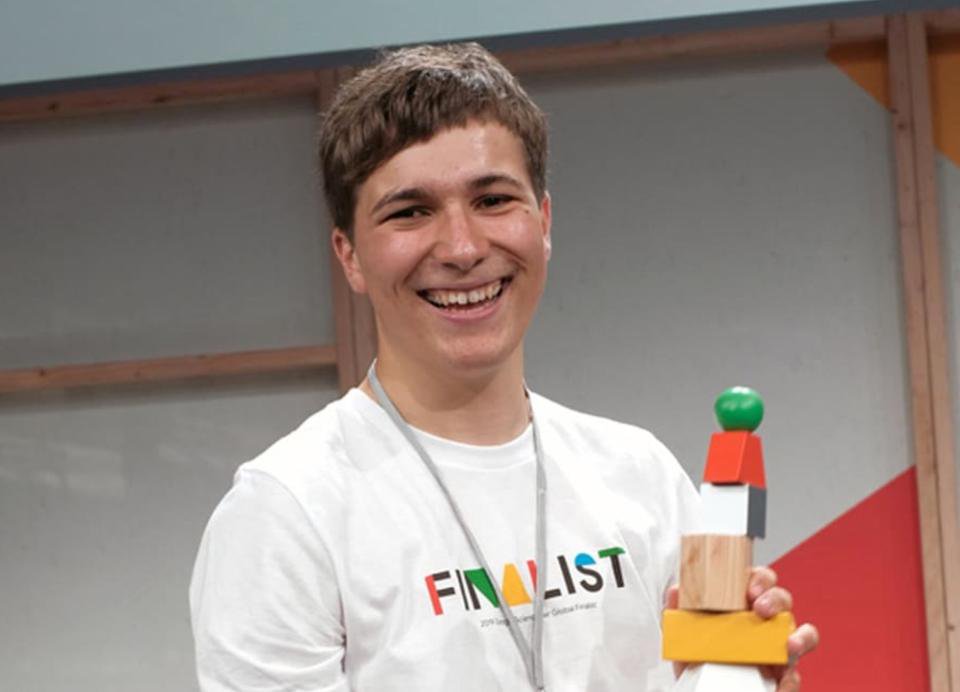An Irish teenager just won $50,000 for his project focusing on extracting micros-plastics from water.
But.. before you get too excited, it's brilliant but you won't do it.
In 2011 Google launched the Google Science Fair. Students ages 13 through 18 can submit experiments and their results in front of a panel of judges. The prize? $50,000.
Fionn Ferreira, is an 18-year-old. He's from West Cork, Ireland and he won the competition for removing microplastics from water.
Microplastics are defined as having a diameter of 5nm or less and are too small for filtering or screening during wastewater treatment. Microplastics are often included in soaps, shower gels, and facial scrubs for their ability to exfoliate the skin. Microplastics can also come off clothing during normal washing.
These microplastics then make their way into waterways and are virtually impossible to remove through filtration. Small fish are known to eat microplastics and as larger fish eat smaller fish these microplastics are concentrated into larger fish species that humans consume.
Fionn used a sequential combination of oil and magnetite powder to create a ferrofluid in the water that contains microplastics. The microplastics are attracted to the ferrofluid.
After the microplastics bound to the ferrofluid, Ferreira used a magnet to remove the solution and leave only water. The video below shows just how it works.
87% Effective
After 1,000 tests, the method was 87% effective in removing microplastics of all sorts from water. The most effective microplastic removed was that from a washing machine with the hardest to remove being polypropylene plastics.
Now you see why I suggest that you're not going to use this method for your next glass of water.
Although it's a wonderful achievement, it belies the fact that plastics are only one of many, many microparticles in many, many forms. So just extracting or blocking plastic microparticles is but one of many necessities of a good filter.
That's why we recommend Ultra-D as a method for wide spectrum microparticle removal, Coming out of NASA, this nano-fibre technology is a whole new way to maintain good water flow AND remove a huge spectrum of microcontaminants.
At 18 Fionn is one achieving teen.. He is the curator at the Schull Planetarium, he speaks 3 languages fluently, he has won 12 previous science fair competitions, he plays the trumpet in an orchestra and he has a minor planet named after him by MIT. In his spare time he eats and sleeps.

